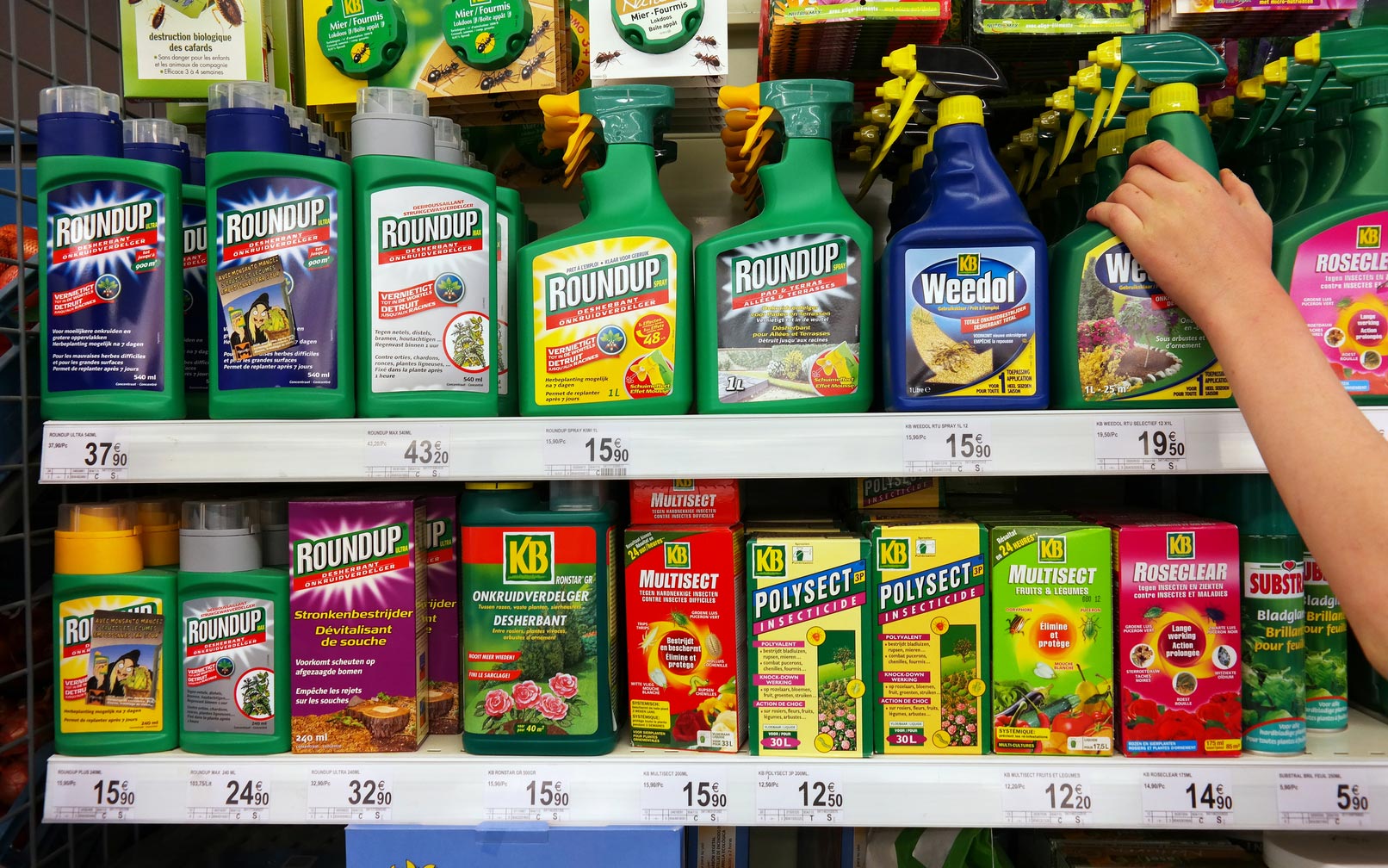Some common coastal landscaping mistakes include planting too much grass, using fertilizers with high levels of nitrogen, and chopping down trees on an ocean bluff. One of the reasons it’s so easy to make mistakes is that coastal landscaping is faced with additional pressures, largely from strong winds, as well as high moisture and salinity levels. Here are some common coastal landscaping mistakes you don’t have to make.
8 Common Coastal Landscaping Mistakes
#1. Failing To Protect Landscaping From Dry Winds
Coastal landscaping often includes protective measures against cold winter winds, but dry winds that pick up in the summer are commonly overlooked. There are a variety of solutions to this problem, including adding windscreens made of shadecloth for the first couple of years of a plant’s life. Ocean winds tend to dry out all types of landscaping, so take this into consideration when creating a watering plan. Due to year-round winds, all plants and shrubs, including those that typically require little to no water, need more water if they grow along the coast.
#2. Planting Endless Fields Of Green Grass Lawns
Sure, a grass lawn is beautiful as well as cheap and easy to install, BUT planting a massive grass lawn on the coast is going to cost a lot of money to maintain. You’ll need to mow the lawn and keep up with all mowing equipment, plus it is going to require a lot of water.
Perhaps the biggest downside of all is the toll lawns take on local ecosystems and waterways. Runoff containing fertilizer is bad for the planet, and large lawns take away natural coastal habitats. If you live near the beautiful coast, consider reducing your lawn size in order to respect nature.
#3. Planting Trees, Plants & Shrubs Without Researching Coastal Conditions
Certain plants and trees might be familiar to you, and even thrive in local inland regions, but that doesn’t mean they are going to survive harsh coastal conditions. Inland areas, even those that are only 15 minutes from the coastline, have a much wider variety of plants that thrive compared to the coast.
#4. The Use Of “Quick-Green-Up” Fertilizer, Or Fertilizers Containing High Levels Of Nitrogen
If you have a big or small lawn you’ll need some type of fertilizer, but many popular brands of fertilizer contain high levels of nitrogen, which is immediately released into the atmosphere when it gets wet. Quick “green up” fertilizers are filled with excess nitrogen in order to produce faster results, but grass can only absorb so much nitrogen at once. The remaining nitrogen seeps into ground soils and finds its way into the ocean.
Ocean waters polluted with excess nitrogen develop serious issues, like algae and “dead zones” where sea creatures can’t survive.
If you have a coastal lawn, select organic fertilizers with low levels of nitrogen. Slow-release versions are best so that all of the nitrogen doesn’t release at once, overwhelm grass, soak soils and lead to polluted runoff.
#5. Using Loads Of Herbicides
There are other ways to remove and prevent weeds, other than spraying loads of herbicides. Herbicides lead to damaging runoff that is not good for the environment. Chemicals and herbicides are all forms of reactive treatment for weeds, instead you want to proactively tackle weeds. Otherwise you get trapped in a cycle of constantly treating symptoms instead of fixing the problem.
Take the time to look over landscaping at least once a month and use a hoe or shovel to remove small weeds poking through. Add mulch to your landscaping to further prevent weed growth and make sure to replenish mulch on an annual basis. Planting things closer together also helps prevent weeds by giving them less room to grow.
#6. Chopping Down Trees Located On An Ocean Bluff
Vegetation and trees actually help hold bluffs together. It’s common for people to remove trees, shrubs, etc. in hopes of having more square feet to build on and a better view, but as a result the stability of the bluff is jeopardized. The bluff will continue to hold together at first, but without the shelter of trees and vegetation, it’ll start breaking down almost immediately from wind, rain and other forms of erosion. Additionally, trees and shrubs offer protection from strong ocean winds and storms, thus making your yard more habitable.
#7. Removing Topsoil During Construction Without Replacing It
Builders commonly remove topsoil when clearing and excavating land with the goal of making the land more buildable. The layer of soil beneath topsoil is more stable for construction because topsoil is filled with organic matter, but topsoil is much better for growing plants. A good builder should keep the topsoil somewhere on site so that it can be brought back in once the foundation for the building is complete. This ensures you don’t have a bunch of issues trying to get plants to grow when it’s time to install landscaping.
If your yard is covered in subsoil it’s going to be very difficult to get anything to grow. Experts recommended bringing back in around 6” of topsoil. Without topsoil it’ll take many years to restore soil quality, as it took nature hundreds of years to develop such fertile soil in the first place.
#8. Using Cheap Planters & Site Furnishings
The planters and site furnishings used to outfit coastal landscaping must be able to withstand the harsh weather and salty moisture that constantly blows through the air. Cheap plastic or even pricier metal or stone variations can start to wear out, crack and break in little to no time.
TerraCast Planters are made stronger than anything else on the market. In fact, there are no better planters or site furnishings for coastal landscaping, largely because our products are non-hydroscopic, which means they are not damaged by moisture. Plus, every TerraCast product is made right here in the USA from carefully sourced high quality materials.
Learn more about why our planters are tougher than the rest: https://www.terracastproducts.com/why-resin/

